Software
The Aletheia software package has a number of software tools for analysing X-ray CT instrument performance for both the radiographic (2D) and reconstructed (3D) volumes. Characterisation of radiographic and tomographic spatial resolution is made possible at the touch of a button, with Aletheia’s proprietary template matching functionality enabling rapid processing of as many features as required for inline industrial evaluation of parts. The software also contains applications for optimising specific X-ray instrument data collection and tracking instrument performance over time.

Radiography
Full image analysis of 2D IQIs is supported in Aletheia’s software, enabling users of radiography to quickly determine instrument spatial resolution capability. Commonly used IQIs, including JIMA charts and Siemens Stars, are built into the software, providing a convenient processing solution for the most frequently encountered 2D IQI designs.


X-ray Computed Tomography
Determination of 3D spatial resolution from the reconstructed volume of IQIs and RQIs is made possible through Aletheia’s software. Measurement confidence and errors are also part of Aletheia’s in-built template matching solution. This solution is configured to support the full range of 3D IQIs and RQIs offered by Aletheia, ensuring users can benefit from fast processing. In addition, bespoke templates for alternative IQI/RQI designs can be added upon request.
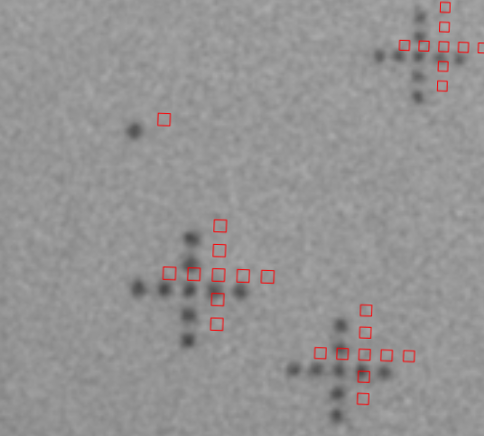
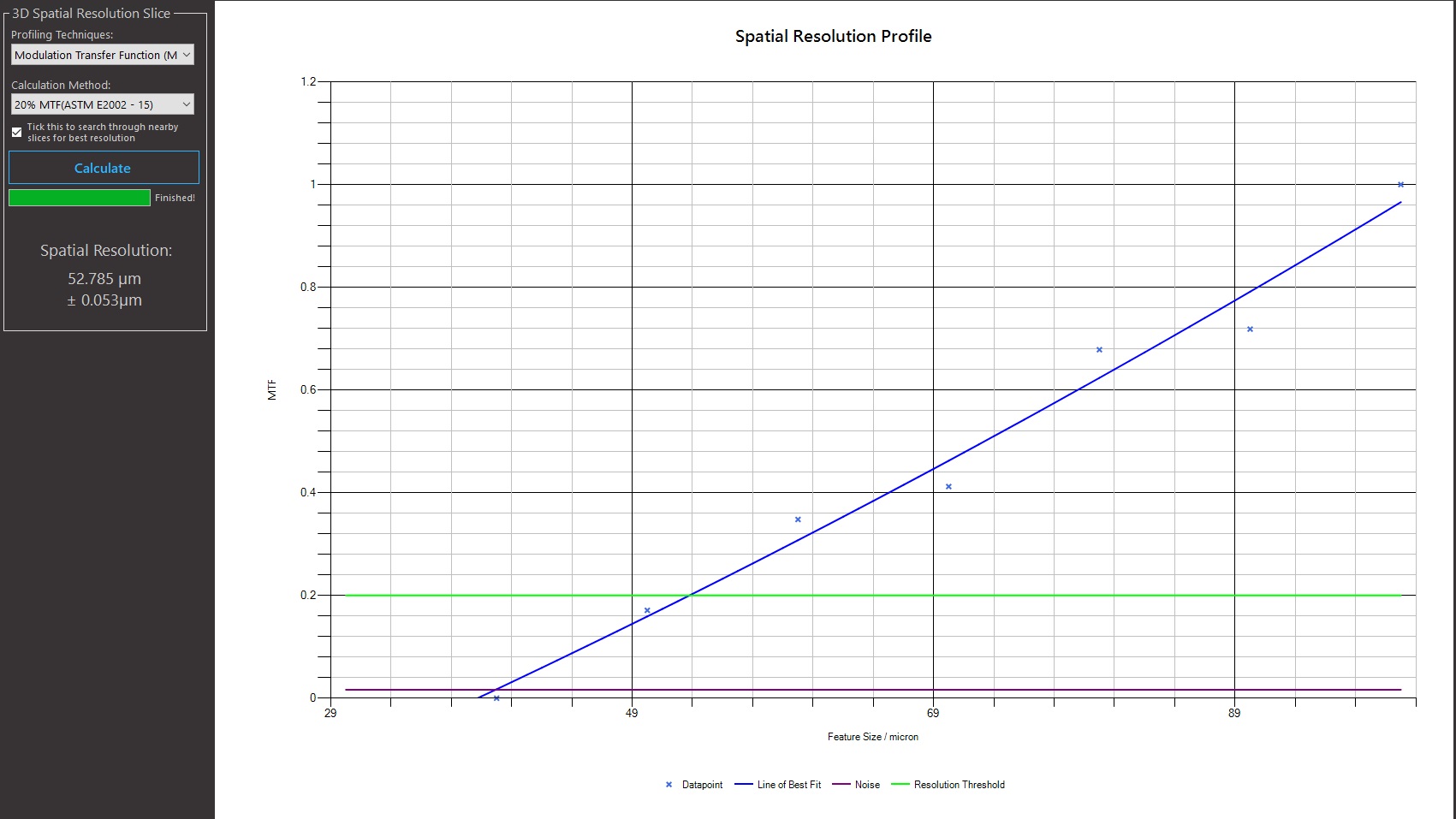
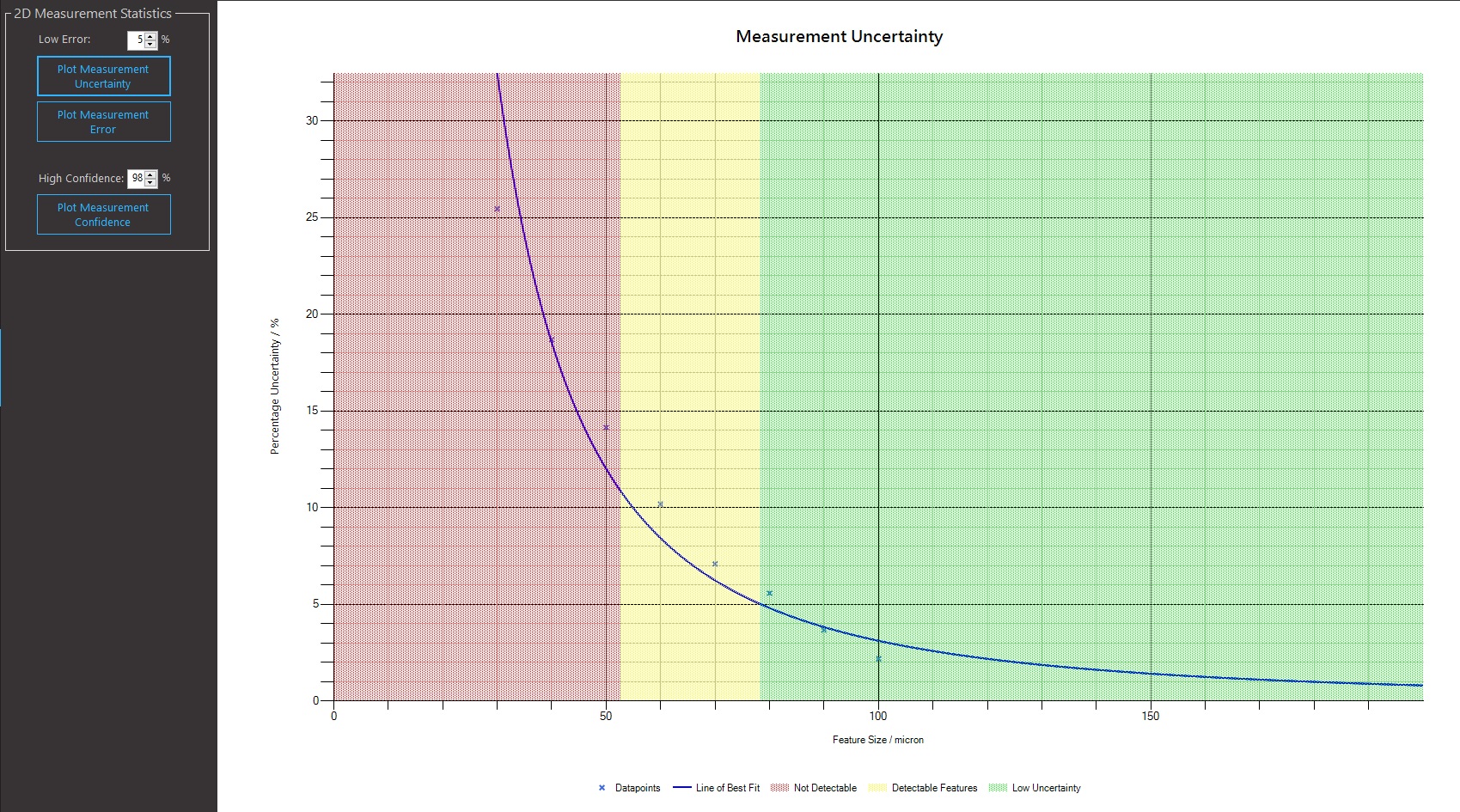
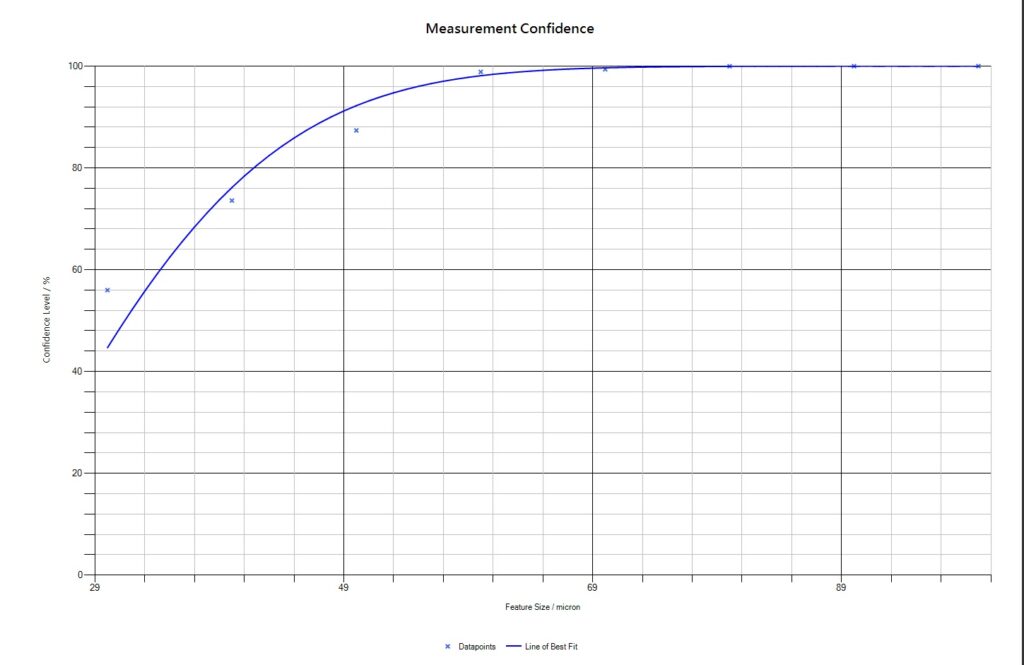
Instrument Performance Tracking
Ensuring consistency in the performance of a radiography or CT instrument is essential across a variety of applications. The instrument performance tracking feature built into Aletheia’s software provides users with the ability to monitor instrument capability, in both 2D and 3D, over time. Incidences of out of specification performances can be flagged by the package, allowing operators to pre-empt declines in system performance.
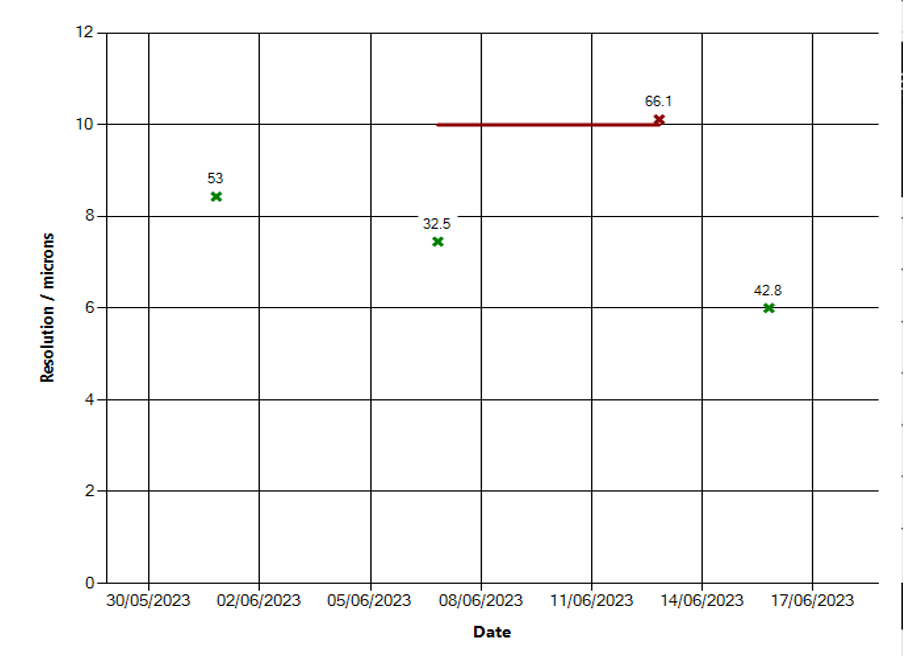
Instrument Optimisation
The Ariadne module combines the hardware setup with user experimental data to model the user’s specific X-ray instrument performance. The software can be used to calculate the optimum scan parameters such as keV, power and geometric setup for a component. This feature can be used to reduce scan setup times or to help setup customer quotes. The spatial resolution calculations can be further refined using experimental IQI data from Aletheia’s core software.
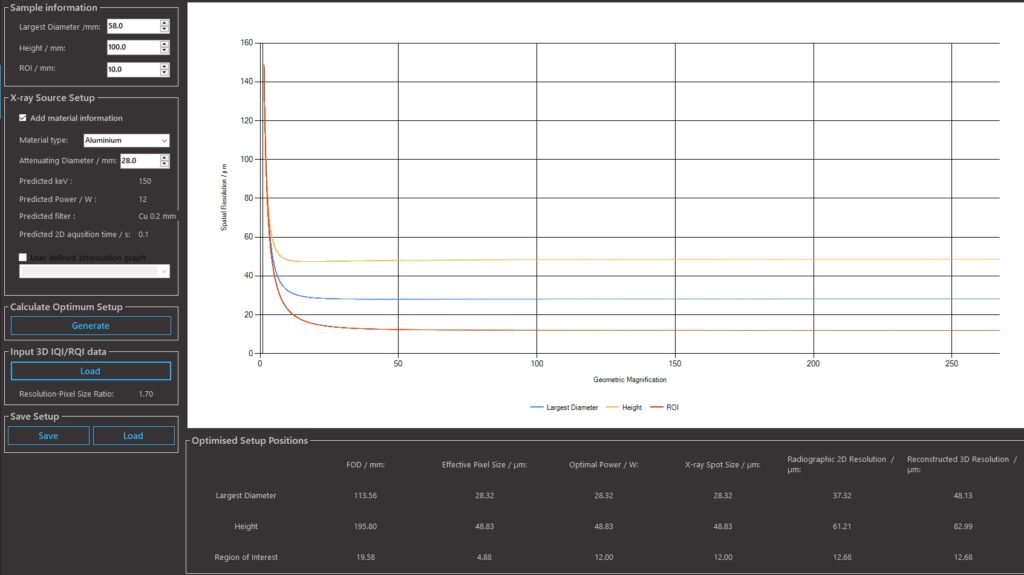
Voxel Calibration
S.A.M (Crius) module can be used with ruby sphere gauges to either calibrate the voxel size at a specific scan position or to recalculate the X-ray instruments Focal spot to Detector Distance (FDD) if a system has been misaligned or changed. The software loads in the reconstructed sphere data and automatically identifies the sphere centres without the need of additional visualisation packages. This data is then used for the the voxel calibration within the package.
